Tomoe Gozen, the Samurai Woman: 'A Warrior Worth a Thousand, Ready to Face a Demon or a God'
"Kiso no Yoshinaka had brought with him from Shinano two attendants - Tomoe and Yamabuki. Yamabuki had fallen ill and stayed in the capital. Tomoe was exceedingly beautiful, with snow-white skin, long hair, and charming features. She was also an unmatched archer, and as a swordswoman, she was a warrior worth a thousand, ready to confront a demon or a god, mounted or on foot. She rode unbroken horses with superb skill; she descended steep slopes with ease. Whenever a battle was imminent, Yoshinaka sent her out as his first captain, equipped with strong armor, a large sword, and a mighty bow; and she performed more acts of valor than any of his other warriors." – “Heiko Monogatari”
 What Was Tomoe's World Like?
What Was Tomoe's World Like?
In Japanese culture, stories of epic battles and magnificent samurai duels have always held an important place, but they were always dominated by male heroes. The figure of Tomoe Gozen stands out as a brave anomaly. Her life, set in the tumultuous period of civil wars that were to define the emerging feudal order of Japan, is not only a fascinating fragment of history but also a valuable source of inspiration and legend. Tomoe Gozen is a historical figure, but many myths have also grown around her. Her story is not just about struggle and courage, but also about the position of women in a world dominated by men.
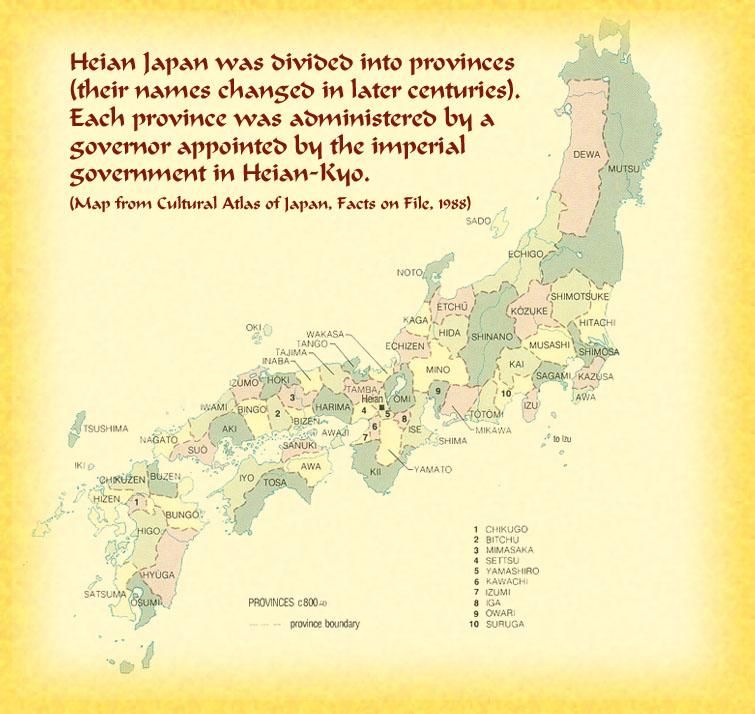
These times were a turning point in the history of Japan when the art of war, politics, and culture began to shape the national identity that has survived to this day. Tomoe Gozen, as an icon and symbol, forms a bridge linking ancient tales with modern interpretations, reflecting the enduring interest and fascination with samurai culture. Her character is not only a reflection of historical realities but also a living testament to the rich tradition and legends that continue to shape Japanese cultural identity.
Tomoe Gozen was an Onna-Bugeisha
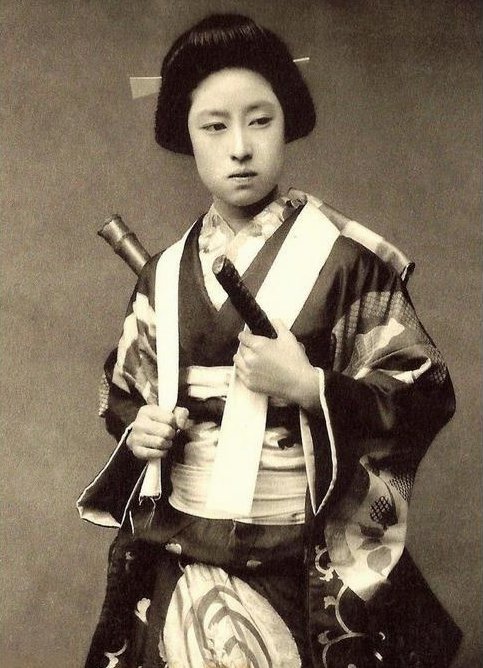
Onna-bugeisha were part of feudal Japanese society, where the traditionally dominant class was the samurai. Contrary to the stereotypical image of those times, where women were limited to domestic roles and mothers, onna-bugeisha represented a not-so-small exception. These extraordinary women were trained in the art of combat, often specializing in the use of the naginata – a long spear with a curved blade, ideal for defense against enemies. 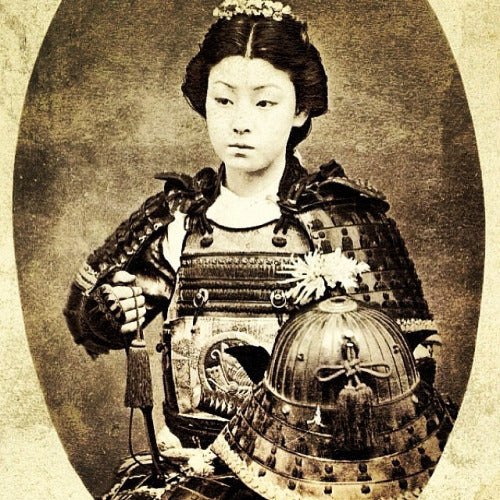
The role of onna-bugeisha in society was much greater than just defending the home hearth. In times of wars and conflicts, when men were often absent, fighting on the fronts, onna-bugeisha stood at the forefront of defending their homes, cities, and even participating in battles. Their presence and influence were not just a manifestation of physical strength but also reflected cultural values such as honor, loyalty, and courage. In the history of Japan, figures like Tomoe Gozen not only prove the existence and significance of onna-bugeisha but also inspire subsequent generations to appreciate the role of women in the history and culture of this country. Also in its military aspect.
A Short History of Tomoe Gozen's Life
 Beginnings and Historical Context
Beginnings and Historical Context
Tomoe Gozen, born around 1157, lived in the late Heian period, an era important for the history of Japan as it was during these continuous wars that the Japanese nation was shaped. It was a time when aristocratic clans such as Taira and Minamoto rivaled for power, which eventually led to the outbreak of the Genpei War (1180–1185). Tomoe, often described as exceptionally beautiful and strong, distinguished herself as an onna-bugeisha.
Although the exact origin of Tomoe Gozen is shrouded in mystery, it is presumed that she could have originated from a family with samurai roots, which seems to be a safe assumption given her extraordinary skills and status in feudal Japanese society. Originating from a samurai family would not only have given her access to training in martial arts and archery but also would have instilled in her values such as honor, loyalty, and courage, which were inseparably associated with the samurai code of Bushidō. Such a pedigree could also have facilitated her entry into the service of influential lords, such as Minamoto no Yoshinaka, which was essential for her later career and the legend that followed her.
 Service to Minamoto no Yoshinaki
Service to Minamoto no Yoshinaki
Tomoe served under Minamoto no Yoshinaka (also known as Kiso no Yoshinaka), a leader of the Minamoto clan. There are various theories about the nature of their relationship - some sources suggest she was his lover, and others that she could even have been his wife, but none of this is confirmed. She was his most trusted warrior, distinguished by her extraordinary skills in swordsmanship, archery, and horseback riding.
Participation in the Genpei War
Tomoe Gozen gained fame through her participation in the Genpei War, where she fought alongside the forces of Minamoto against the Taira clan. She stood out on the battlefield, where her courage and skills were exceptional among both men and women. She is particularly known for the battle at Awazu in 1184, where, according to legend, she fought fiercely and even decapitated one of Taira's leading warriors.
 Epic deeds
Epic deeds
One of the most memorable stories about Tomoe Gozen concerns a dramatic moment when she defended a strategically important bridge, facing off against a whole group of enemy samurais. According to legend, the opponent's unit was tasked with seizing the bridge, which was a key communication point and had a significant impact on military movements in the region. Tomoe, aware of its importance, undertook the defense of this place with incredible determination. Dressed in full armor and armed with her excellent sword, she faced the attackers, using her extraordinary dexterity and swordsmanship skills. It is said that her combat technique was so perfect that she managed to repel the attacks of successive opponents, resulting in the retreat of the attackers.
Another anecdote that brought her fame tells of a duel in which Tomoe Gozen defeated as many as seven armed men. This event took place during one of the battles, where Tomoe, in the midst of the fight, was challenged to a duel by a group of enemy samurais. In the confrontation, which was both physical and tactical, Tomoe demonstrated not only extraordinary strength and speed but also cunning and combat intelligence. She defeated each of the attackers, exploiting their weaknesses and mistakes, confirming her status as one of the most proficient warriors of her times.
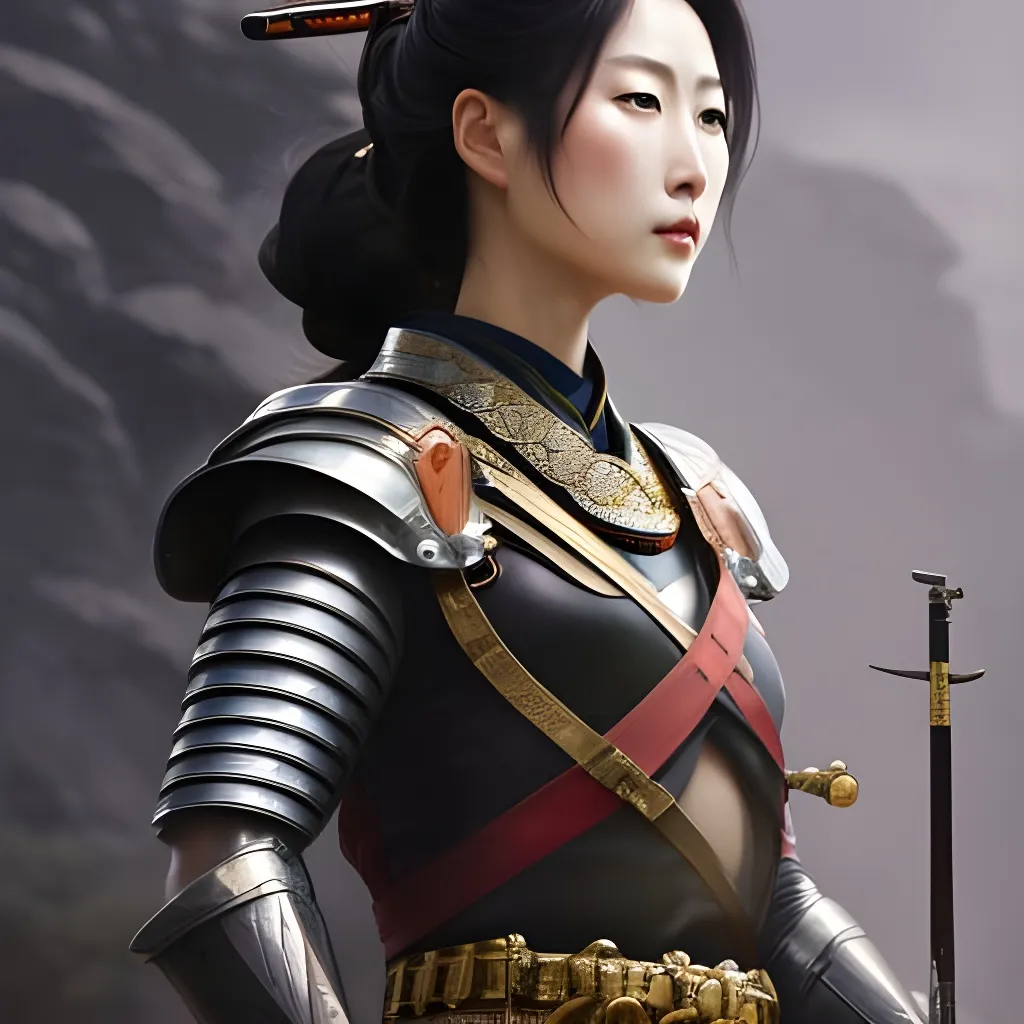
The Decline of Her Career and Later Life
After the death of Yoshinaka during the battle at Awazu, Tomoe's fate becomes unclear. Some sources claim she was captured and forced to become a concubine of another samurai, Wada Yoshimori, with whom she had a son. Other accounts suggest she may have become a Buddhist nun, living in peace until old age. Here, again, we have nothing confirmed.
The Battle of Uchide no Hama
One of the most famous and yet mysterious stories from Tomoe Gozen's life is her participation in the battle at Uchide no Hama in 1184, which was one of the key clashes of the Genpei War. According to accounts, Tomoe led a small contingent of just 300 Minamoto warriors against the overwhelming forces of Taira, numbering about 6,000 soldiers. This battle, though doomed to defeat, showed the incredible courage and tactical skills of Tomoe. Despite the overwhelming enemy forces, Tomoe defended her positions with incredible tenacity. Her actions, though ultimately not altering the fate of the battle, brought her fame as a fearless and brilliant commander.
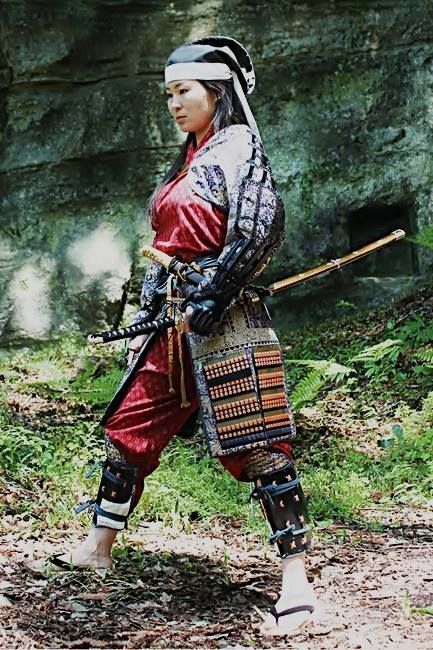
After the battle at Uchide no Hama, Tomoe Gozen not only cemented her position as an outstanding warrior but also became a symbol of female strength and independence in a world dominated by men. Her exploits on the battlefield transcended gender boundaries and societal expectations, making her one of the most fascinating and inspiring figures in Japanese history. Stories of her heroism, courage, and audacity have survived centuries, becoming an integral part of Japanese cultural and historical heritage.
What Tomoe Was Like (According to 'Heike Monogatari')
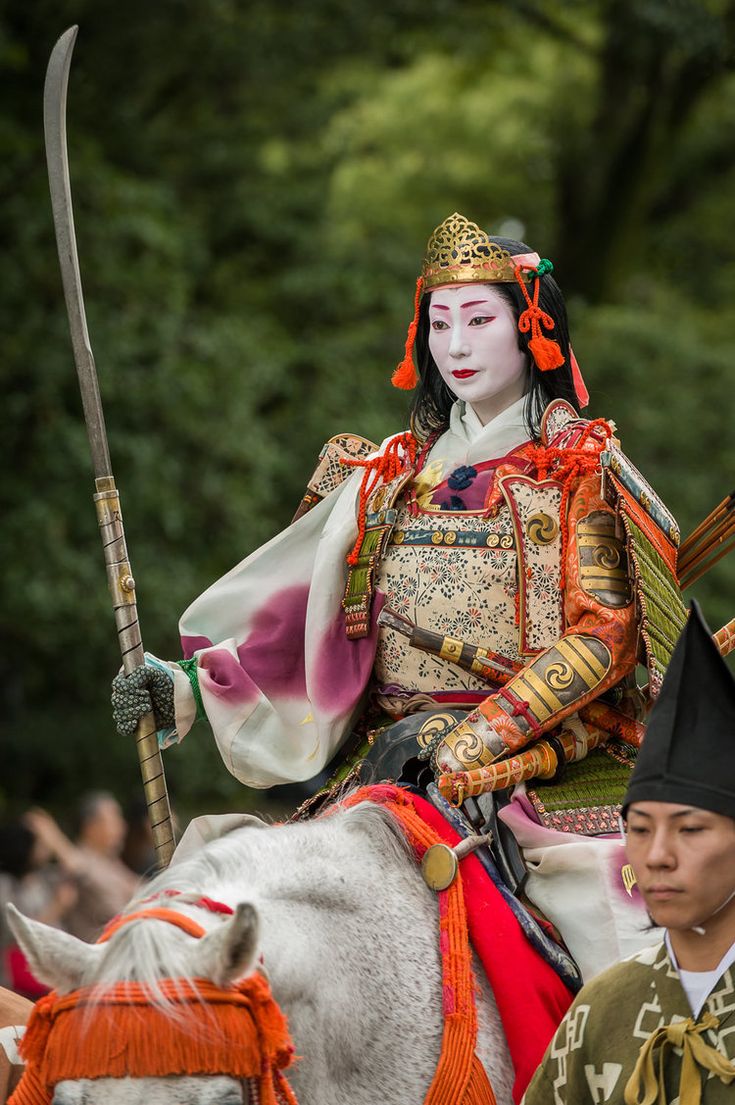
-
Tomoe is described as a warrior whose combat skills and physical strength are comparable to the best male samurais. The text states, "she was a warrior worth a thousand, ready to confront a demon or a god, mounted or on foot" (Heike Monogatari).
-
Tomoe is not only described as brave but also as a woman of great beauty. “Tomoe was especially beautiful, with snow-white skin, long hair, and generally charming" (Heike Monogatari).
-
In 'Heike Monogatari', Tomoe is portrayed as loyal to her lord, Minamoto no Yoshinaka. When the situation on the battlefield becomes hopeless, Yoshinaka asks her to leave the battlefield. "Quickly now," Lord Kiso said to Tomoe. "You are a woman, so leave; go where you want. I intend to die in battle or kill myself if I am wounded. It would be inappropriate for people to say, 'Lord Kiso kept a woman with him during his last battle'" (Heike Monogatari). Her reaction to these words, her desire to fight one last battle before leaving, shows her pride and honor as a samurai.
Tomoe in Contemporary Japanese Pop Culture
Tomoe Gozen is a character frequently embraced by contemporary pop culture, adapted and interpreted in various aspects of modern popular culture. Her presence in manga, anime, and computer games is very visible and often emphasizes female strength and assertiveness in opposition to the somewhat outdated image of quiet, modest, passive, and obedient women.
Manga and Anime
"Samurai Deeper Kyo" - In this popular manga series by Akimine Kamijyo, Tomoe Gozen appears as a side character. Her image here is presented with some artistic liberties, portraying her as an incredibly strong and skilled fighter. This series, combining historical elements with fictional ones, has created a unique portrayal of Tomoe, drawing attention to her heroic qualities.
 "Brave 10" - In this anime series, Tomoe Gozen is portrayed as a powerful and wise warrior, reflecting her historical legacy. Tomoe's character in "Brave 10" pays tribute to her legendary skills and impact on Japanese history.
"Brave 10" - In this anime series, Tomoe Gozen is portrayed as a powerful and wise warrior, reflecting her historical legacy. Tomoe's character in "Brave 10" pays tribute to her legendary skills and impact on Japanese history.
"Onimusha: Dawn of Dreams" - In this manga and anime series, Tomoe Gozen is depicted as one of the main characters, presenting her as a powerful and fearless warrior.
Computer Games
"Samurai Warriors" (series) - In this video game series, Tomoe Gozen is one of the playable characters. She is portrayed as a skillful and powerful warrior, reflecting her historical image. In the game, players have the opportunity to experience her legend through participation in battles and completing missions.
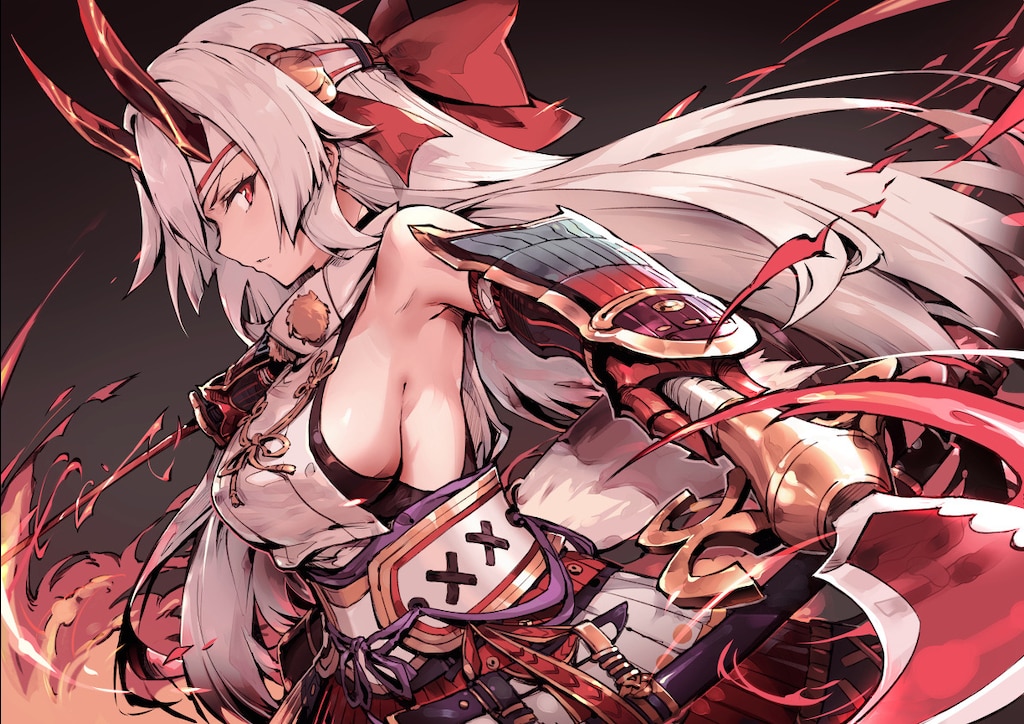
"Warriors Orochi" (series) - This game, a combination of the "Dynasty Warriors" and "Samurai Warriors" series, also portrays Tomoe Gozen as one of the heroic characters, paying tribute to her legendary combat skills.
These examples show how the character of Tomoe Gozen has been adapted and interpreted in various aspects of modern popular culture. Her presence in manga, anime, and computer games highlights the enduring legacy of her character and her influence on contemporary depictions of strong female warriors. Through these mediums, the story and legend of Tomoe Gozen continue to inspire and fascinate new generations.
 Legacy and Influence of Tomoe Gozen
Legacy and Influence of Tomoe Gozen
As one of the few (known) female samurais in Japanese history, Tomoe is a kind of symbol, showing that courage, strength, and combat skills are not reserved exclusively for men. Her story and legend continue to inspire to this day, reminding us that strength, courage, honor are not qualities reserved exclusively for the male half of the population.
The character of Tomoe Gozen, both in literature and popular culture, is portrayed as a complex character, full of passion and determination, which appeals to the imagination of people from different eras. Additionally, the fascination with samurais and 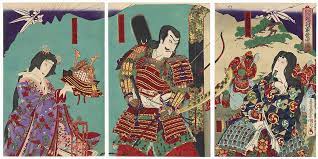
>> SEE ALSO SIMILAR ARTICLES:
Geisha: An Icon of Japanese Culture and its Reflection in Anime and Manga
Ashigaru vs. Samurai – Who Truly Won Japan's Battles?
The Enduring Legacy of the Bushido Code and Modern Samurai Clans
From Tanabata to Gion Matsuri: Japanese Festival Traditions Then and Now
Sword Master and Wordsmith Miyamoto Musashi: Samurai, Artist, and Philosopher
"Strong Japanese Women"
see book by the author
of the page
未開 ソビエライ
An enthusiast of Asian culture with a deep appreciation for the diverse philosophies of the world. By education, a psychologist and philologist specializing in Korean studies. At heart, a programmer (primarily for Android) and a passionate technology enthusiast, as well as a practitioner of Zen and mono no aware. In moments of tranquility, adheres to a disciplined lifestyle, firmly believing that perseverance, continuous personal growth, and dedication to one's passions are the wisest paths in life. Author of the book "Strong Women of Japan" (>>see more)
Personal motto:
"The most powerful force in the universe is compound interest." - Albert Einstein (probably)
Mike Soray
(aka Michał Sobieraj)
未開 ソビエライ
An enthusiast of Asian culture with a deep appreciation for the diverse philosophies of the world. By education, a psychologist and philologist specializing in Korean studies. At heart, a programmer (primarily for Android) and a passionate technology enthusiast, as well as a practitioner of Zen and mono no aware. In moments of tranquility, adheres to a disciplined lifestyle, firmly believing that perseverance, continuous personal growth, and dedication to one's passions are the wisest paths in life. Author of the book "Strong Women of Japan" (>>see more)
Personal motto:
"The most powerful force in the universe is compound interest." - Albert Einstein (probably)
Mike Soray
(aka Michał Sobieraj)
Write us...
Ciechanów, Polska
dr.imyon@gmail.com
___________________
inari.smart
Would you like to share your thoughts or feedback about our website or app? Leave us a message, and we’ll get back to you quickly. We value your perspective!
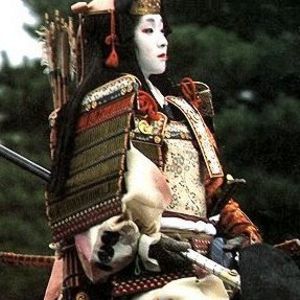 What Was Tomoe's World Like?
What Was Tomoe's World Like?

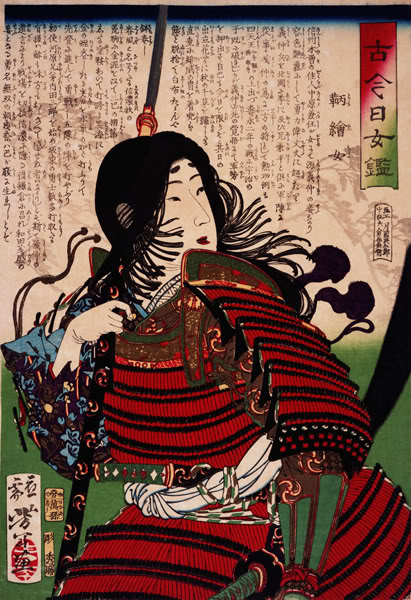 Beginnings and Historical Context
Beginnings and Historical Context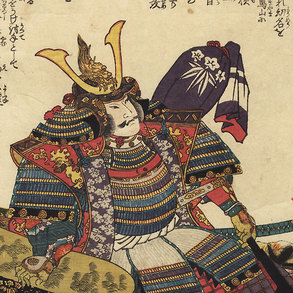 Service to Minamoto no Yoshinaki
Service to Minamoto no Yoshinaki
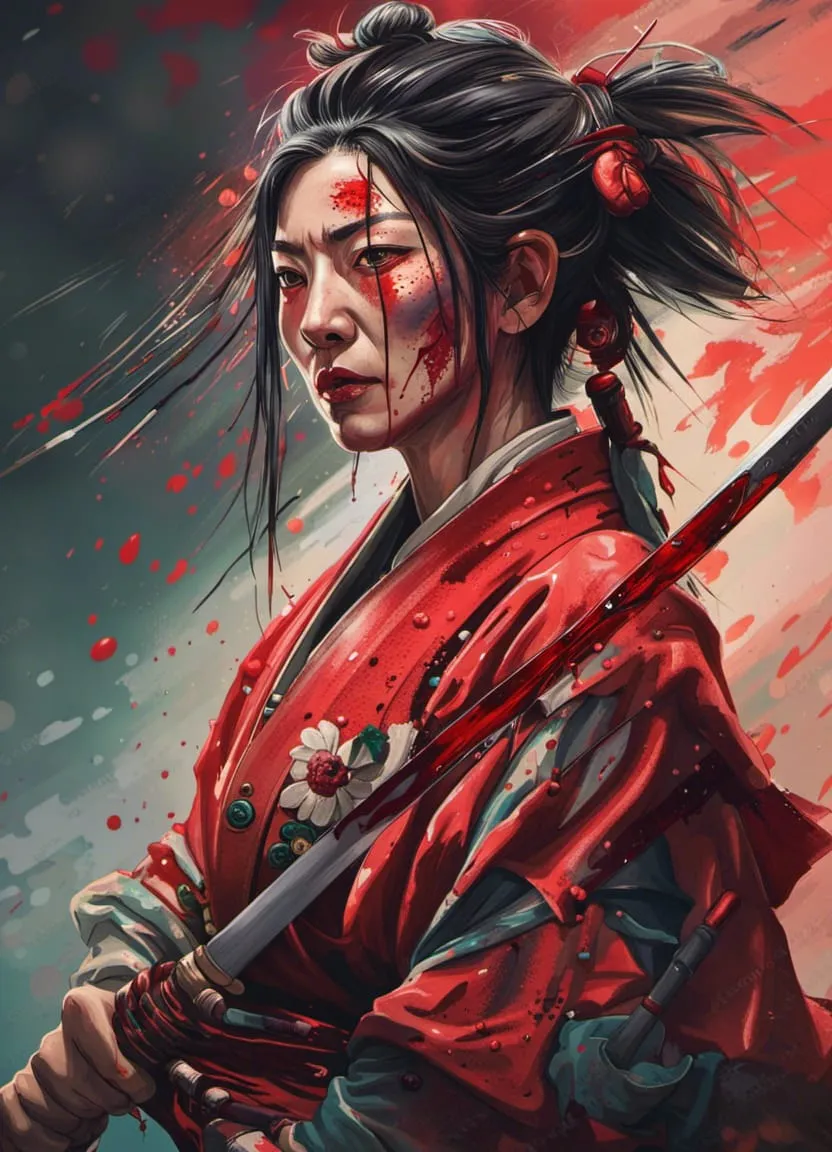 Epic deeds
Epic deeds

 "
"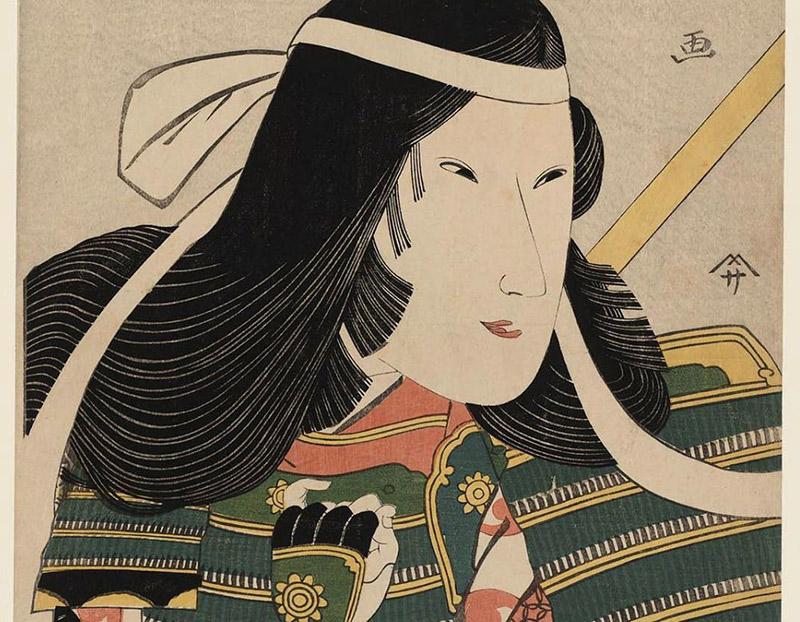 Legacy and Influence of Tomoe Gozen
Legacy and Influence of Tomoe Gozen

